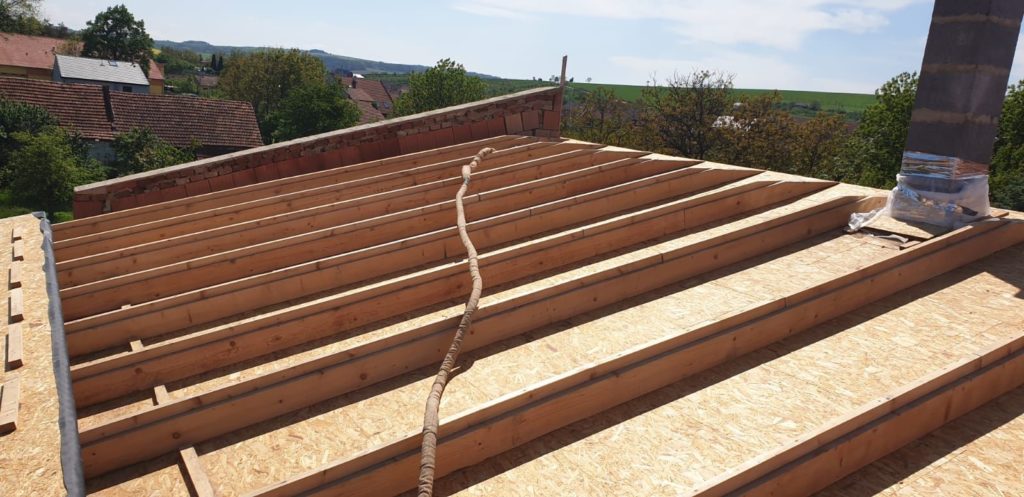In an era where housing affordability is a pressing concern, many prospective homeowners are seeking ways to build their dream homes without breaking the bank. The quest for the most inexpensive style of home to build is not merely a financial decision; it also reflects a growing trend towards sustainable living and minimalism. This article delves into various home styles that are not only budget-friendly but also practical and aesthetically pleasing.
Understanding Cost Factors in Home Construction
Before we explore specific home styles, it’s essential to understand the factors that influence construction costs. These include:
- Design Complexity: Simpler designs with fewer corners and angles typically require less labor and materials.
- Materials: The choice of building materials significantly affects overall costs. Opting for locally sourced or recycled materials can reduce expenses.
- Size: Smaller homes generally cost less to build and maintain. The trend towards tiny homes exemplifies this principle.
- Labor Costs: Depending on the region, labor costs can vary significantly. DIY projects can save money but require time and skill.
The Most Inexpensive Home Styles
- Tiny Homes
Tiny homes have surged in popularity due to their affordability and minimalistic lifestyle. Typically ranging from 100 to 400 square feet, these homes can be built on trailers for mobility or on permanent foundations. The simplicity of their design reduces construction costs, and many tiny home builders opt for sustainable materials, further lowering expenses. Additionally, tiny homes often require less land, which can be a significant cost-saving factor.
- Modular Homes
Modular homes are prefabricated structures built in sections in a factory and then assembled on-site. This method can significantly reduce construction time and labor costs. Modular homes are customizable, allowing homeowners to choose designs that fit their budget. Moreover, they often meet or exceed local building codes, ensuring quality and safety without the hefty price tag.
- Shipping Container Homes
Using repurposed shipping containers as a building material has gained traction in recent years. These containers are durable, weather-resistant, and can be stacked or arranged in various configurations to create unique living spaces. The cost of a used shipping container is relatively low, and with some creativity, homeowners can design stylish and functional homes. Additionally, the industrial aesthetic appeals to many modern homeowners.
- Earth-Sheltered Homes
Earth-sheltered homes, built into the ground or covered with earth, offer excellent insulation and energy efficiency. The natural earth surrounding these homes helps regulate temperature, reducing heating and cooling costs. While the initial excavation may seem costly, the long-term savings on energy bills can make this style a financially sound choice. Furthermore, these homes blend seamlessly with the environment, appealing to eco-conscious buyers.
- A-Frame Homes
A-frame homes are characterized by their steeply angled rooflines, which create a distinctive triangular shape. This design not only adds visual interest but also allows for efficient drainage of rain and snow, reducing maintenance costs. A-frame homes are often built with wood, which can be a cost-effective material, especially if sourced locally. Their simple structure makes them easier and quicker to construct, further lowering labor costs.
Tips for Reducing Construction Costs
Regardless of the home style chosen, there are several strategies to keep construction costs down:
- Plan Thoroughly: A well-thought-out plan can prevent costly changes during construction. Consider future needs and potential expansions.
- Choose Energy-Efficient Designs: Homes designed with energy efficiency in mind can save money on utility bills in the long run.
- Consider DIY Options: If you have the skills, taking on some of the construction work yourself can lead to significant savings.
- Research Local Building Codes: Understanding local regulations can help avoid fines and ensure that your home is built to code, preventing costly modifications later.
Conclusion
Building an inexpensive home does not mean sacrificing quality or comfort. By exploring various home styles such as tiny homes, modular homes, shipping container homes, earth-sheltered homes, and A-frame homes, prospective homeowners can find cost-effective solutions that meet their needs. With careful planning and consideration of materials and design, achieving a budget-friendly home is not only possible but also rewarding. As the housing market continues to evolve, embracing innovative and economical building styles can pave the way for a more sustainable and affordable future in homeownership.


